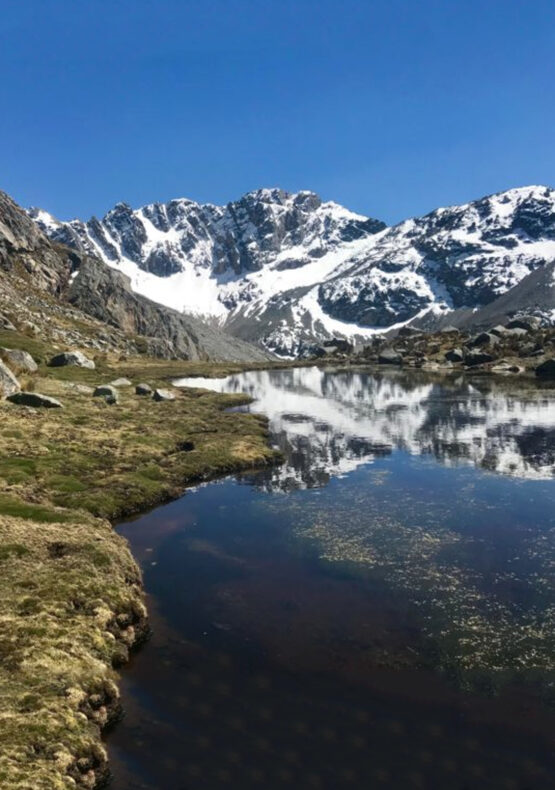Ayacucho, located on the eastern slopes of the Peruvian Andes at 2761 meters above sea level, is a peaceful town founded by the Spanish conquistador Pizarro in 1540 under the name of San Juan de la Frontera de Huamanga. Characterized by a temperate, dry climate with year-round sunshine, the Ayacucho valleys served as an ideal agricultural laboratory for adapting plants, trees and herbs from Spain to Peru.
Ayacucho is known as the city of 33 churches. Colonial buildings in Renaissance, Baroque and Mestizo styles, containing splendid works of art such as paintings and altarpieces carved in cedar wood and bathed in gold filaments.
Ayacucho’s rich architecture, traditions and folk art are recognized nationally and internationally.
The city has a strong Catholic religious fervor.
During the Easter festivities at the end of March and beginning of April, known here in Peru as Holy Week, Ayacucho’s festivities are grandiose, colorful and lively, with people from all over Peru and the world in attendance. This religious festival is the 2nd most important in the world, just ahead of the Easter festival in Seville.
The Ayacucho region is home to the remains of the pre-Inca culture, the Wari, who lived here between the 7th and 13th centuries, a culture rich in architecture, fine tailoring and goldsmithing. We find the remains of Vilcashuaman, the Wari archaeological complex, then on the Pacific coast, we recently came across the remains of Huarmey castle, an archaeological remains guarding 63 figures from the Wari imperial elite, 1,200 very well-preserved objects, in gold, silver and lead, bone, carved wood, textiles and ceramics.
We find a little natural gem called Millpu, with its turquoise waters descending in a chain of small pools.
Following the waves of independence in Latin America in the 19th century, on December 9, 1824, the Battle of Ayacucho, at Las Pampas de la Quinua, declared Peru’s independence.





